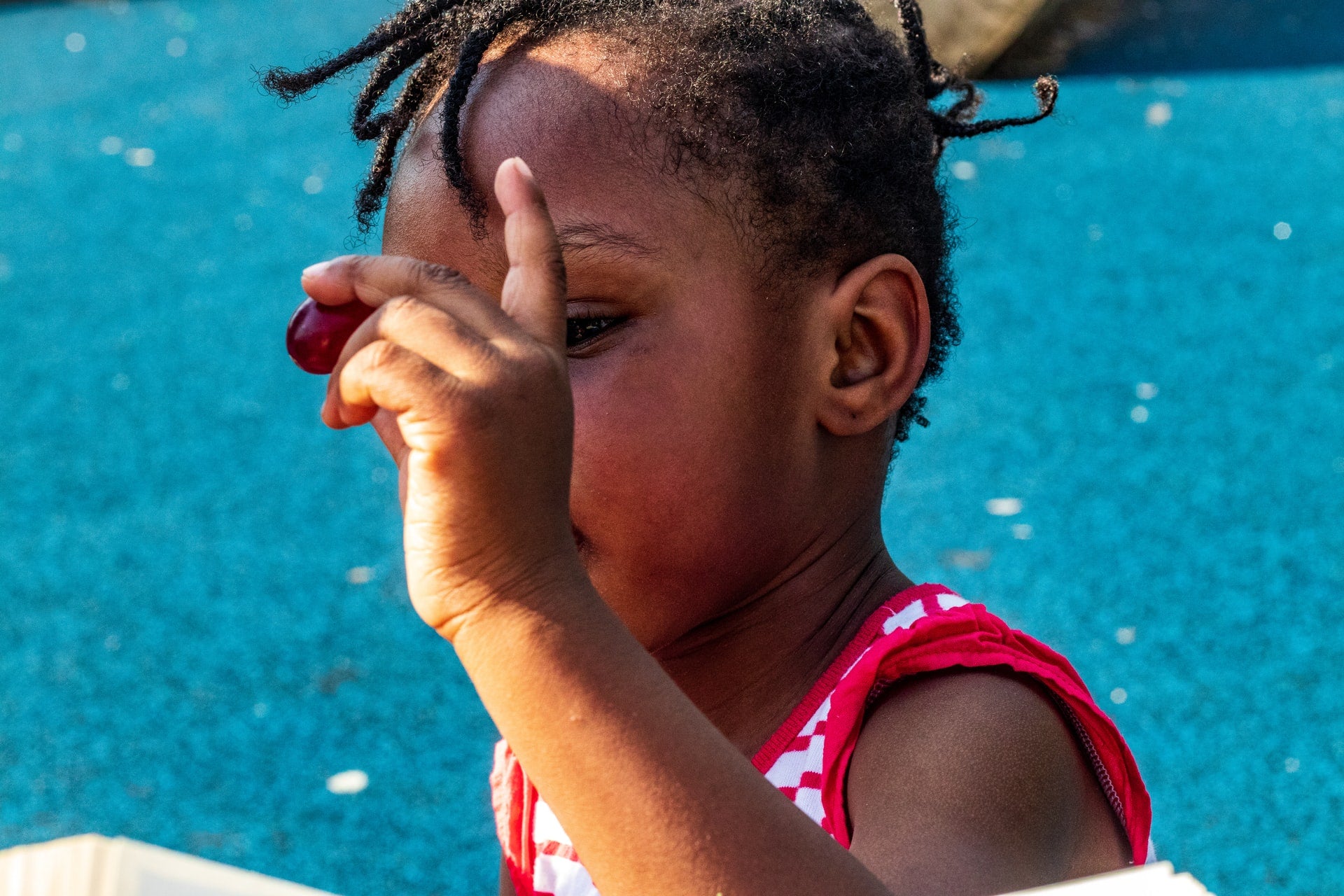When it comes to talking about sex with our kids, most parents immediately assign it a headline like, “The Sex Talk: Causing Irrational Panic and Avoidance for Parents Everywhere Since the Beginning of Time.”
It’s no secret that the U.S. isn’t exactly known for its exemplary sex education programming, and many recent studies have shown the negative effects that stem from this. So how do we talk about sex with our kids when most of us have grown up in homes that either didn’t talk about sex at all, or talked about it in hushed tones and mumbled voices?
Regardless of opinion on public sex education, parents can feel empowered in their ability to create their own sex education in their own home. We have decades of research showing us the positive effects of talking about sex truthfully with our kids early on.
So let’s lay out some things research advises us to avoid when communicating with our children about their sexuality.
Don’t wait
Most parents avoid the sex talk with their children like the plague, only coming to the realization that, when they finally do decide to sit down with them, their children have already amassed loads of inaccurate information from far less desirable sources.
Sex is around every corner of our society, whether it’s on the cover of a women’s magazine, on a billboard, or on TV. Avoiding the topic is not preventing our child from learning about sex. It does, however, prevent them from learning accurate information about sex.
The Dutch are known for being at the forefront in talking with their children about sex. They begin having many, small, age appropriate conversations right out of the gate. The Netherlands reports higher rates of positive first sexual experiences, a significantly higher rate of birth control use, and a teen pregnancy rate that is five times lower than the U.S.
It appears, as with any significant matter, denial is not our friend.
Parents of toddlers
You can begin to provide proper names for body parts and functions, as well as explaining which parts of our body are private and which are public. It is never too early to introduce good touch verses bad touch, and that no one ever touches our private parts besides our parents or doctors when we’re making sure they are healthy and safe. Conversations about safe touch should continue throughout every age and stage.
Parents of elementary-aged children
You can take cues from your child in moments when natural curiosity arises. Oftentimes, this occurs during bath time or when kids are exposed to another child’s genitals during a diaper change, etc.
When a child asks about body parts, tampons, or how babies are made, take it as a great opportunity to lay the basic groundwork of the egg and the sperm: “A woman has an egg, and a man has a sperm, and together they create a baby.” Keep it simple, short, and sweet.
Starting to have conversations about sexuality at this age lessens the embarrassment factor in spades. Because your child doesn’t yet have the ability to process much abstract thought, they will not automatically think of mom and dad in the context of sex. It’s also a great way for parents to ease their way into conversations about sex.
Parents of older elementary aged children
You can take advantage of many great resources to aid in your child’s understanding of their body and changing emotions during puberty. The child is now old enough to understand not only the connection between love and sex, but also how respect and affection enter into an intimate relationship.
Sex and gender roles in the media are a topic ripe for discussion as parents explain the differences between TV and real life. Unfortunately, in our world, if your child doesn’t hear about pornography from you, they will see it or hear of it elsewhere.
Parents of teens
You can create numerous opportunities to talk about sex, healthy boundaries, and intimacy. We need to be deliberate in countering the many confusing messages teens get from society, emphasizing that they, in fact, have rightful ownership of their own bodies and have full control of their sexual behaviors.
We must also provide language to help them understand their own sexual feelings and desires, recognizing their emotions as well as their desire for intimacy and relationships.
Teens deserve to be empowered and informed about their own anatomy and how to be safe during sex. This does not mean you are condoning your child having sex. Conveying our own values and expectations and equipping our near-adults with information to keep them safe are not mutually exclusive.
Don’t beat around the bush
Creating alternative names for our body parts communicates to our children that there is something wrong or shameful about them. So avoid the good ol’ wee wee and hoo hoo that most of us grew up with.
Also, discussing all things sex and body related with openness and honesty demonstrates to our child that they can approach us to talk throughout their growth (as opposed to the sixth grader on the bus).
Find a way to be objective
Talking about sexuality with our child doesn’t need to be the emotionally laden time bomb most of us imagine. When parents sort our their own thoughts, views, and emotions regarding sex and intimacy in relation to their child, they will be able to enter into the conversation from a neutral and supportive stance.
This also means letting go of what we see, know, and have come to learn about sex through our own subjective lens and seeing things from a new and natural perspective. Human sexuality is a natural and healthy.
Avoid judgement and lectures
If you want to be your child’s source of information on sexuality, it’s best to bite your tongue and become a good listener. Give your child the space to talk without feeling judged or criticized.
They listen closely when we place harsh judgements and criticisms on others. Questions are key in these discussions, and parents are often surprised at the reasonable and healthy conclusions their children come to when given the opportunity.
Focus on do’s instead of dont’s
Most parents naturally trend toward discussing what not to do and often forget to place emphasis on what to do when it comes to sexuality and personal safety. If your child learns how to react when stuck in a dangerous or uncomfortable circumstance, they will be much more likely to remember it in the heat of the moment.
Explicitly stating our values on sex and intimacy, as well as the reasoning behind them, gives children the opportunity to think critically about the topic and increases the chance they internalize what they are taught.
Don’t waste the opportunity
Discussions about sexuality need not only be about anatomy, but can also incorporate a myriad of crucial social and emotional topics, including relationships, intimacy, self-expression, gender roles, health, and self respect, to name a few. Pretty powerful stuff, right?
Discussing sex is a springboard to teaching your child about healthy boundaries in relationships, what defines an intimate relationship, and how to take care of themselves both physically and emotionally.
Unsurprisingly, the Dutch begin a curriculum using these concepts as early as kindergarten. Children are shown images of physical affection, such as hugs, and asked why the people might be hugging. Teachers prompt them to think about how they feel when engaging in these same interactions with their favorite people.
Children respond with insightful reactions such as, “It makes me feel warm on the inside.” These lessons are designed to get kids talking and thinking about what kind of physical intimacy feels good, and what doesn’t.
Go boldly where most parents haven’t gone before
While society has lots of inaccurate and confusing messages to offer our children, parents have the power to offer more. Research indicates it’s time for us to grow up and start getting more comfortable with attitudes on sexuality.
You have more influence than you may realize. Teenage boys and girls alike report that parents are the most influential factor in their decisions about sex. Whether it seems like it or not, your child takes cues from you on how to view their own changing body. These exchanges form the lens through which they’ll interpret their intimate relationships.
So let’s get past mistaking openness for permissiveness. We can empower and inform our kids while still making our values and expectations clear.



